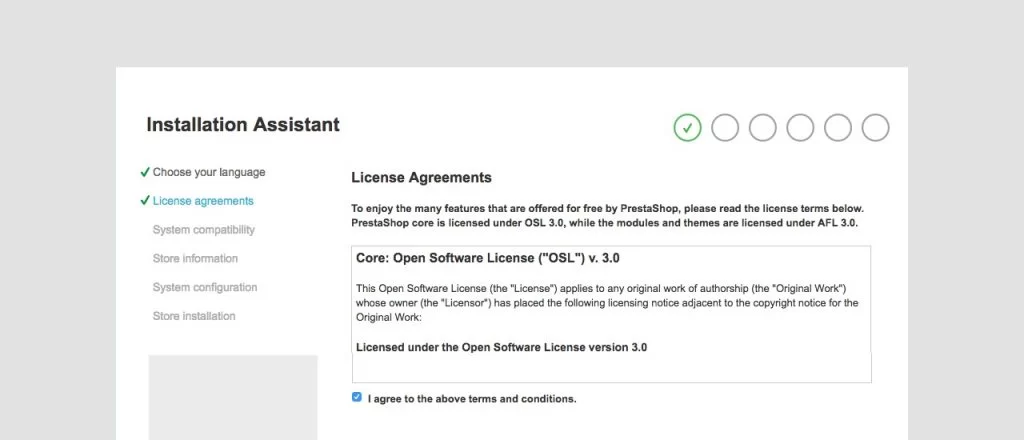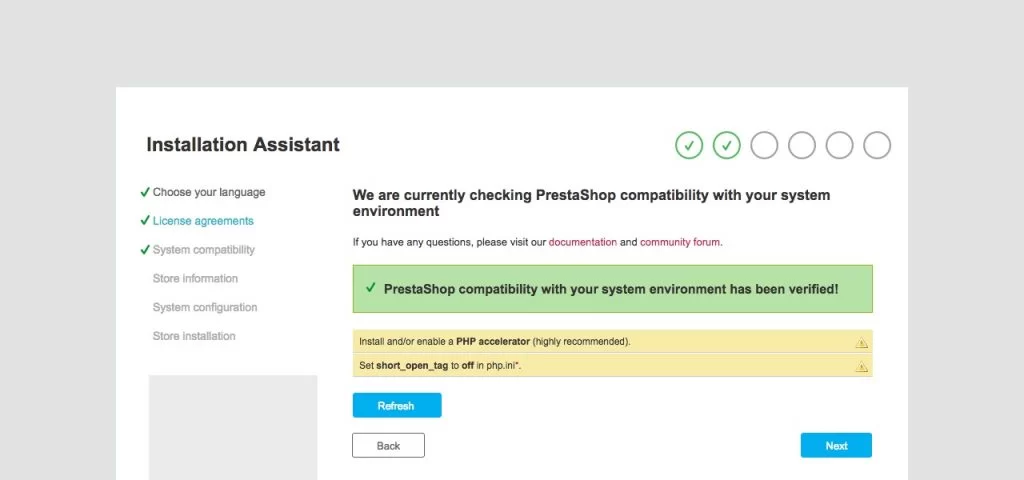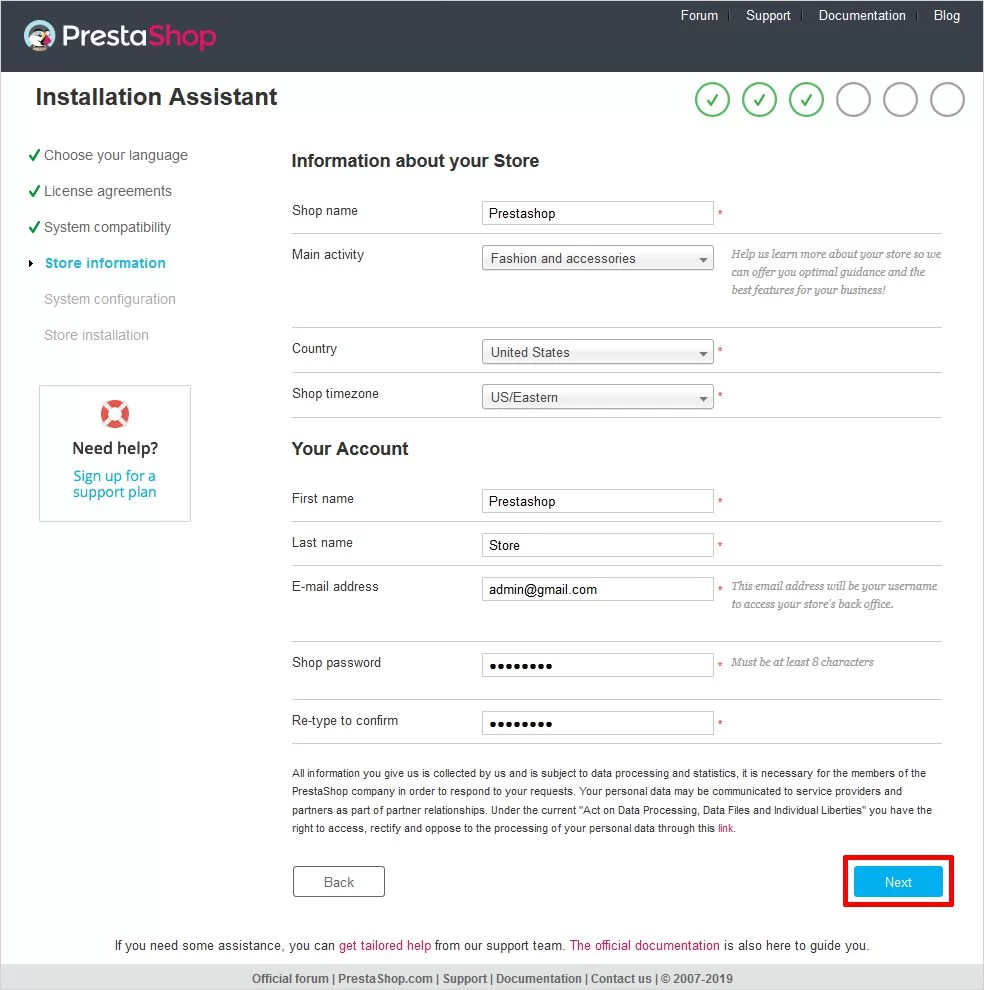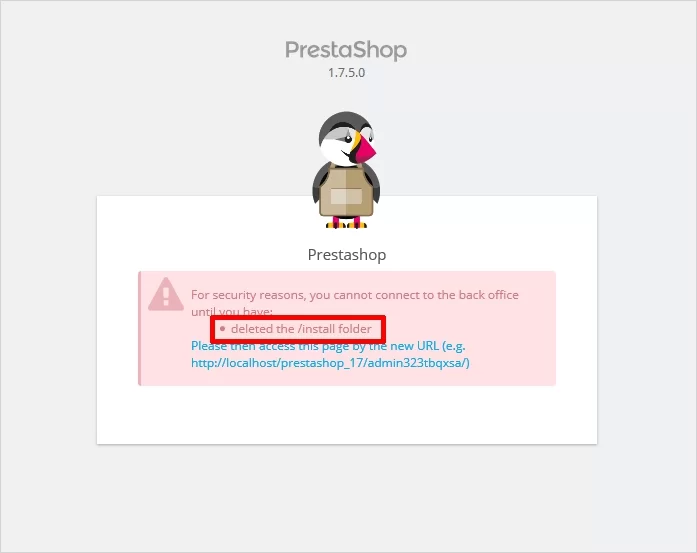How to Install PrestaShop Manually in Windows
A. What are the steps to prepare for Install Prestashop 1.7
- Download Prestashop & Upload to Server
- Create a Database
- Run Prestashop 1.7 Installation Wizard
- Delete Install Folder & Archive file
And remember, the install Prestashop process on a server is more involved and time-consuming than using cloud hosting. But the rewards are greater: Better Performance, greater flexibility with the freedom to tweak your settings as you see fit.
You won’t ever have to wait for a cloud-host support team to change PHP settings for you.
Step 1 – Download Prestashop & Upload to Server.
Download the latest PrestaShop package from the official website.
Follow this link = https://www.prestashop.com/en/download
Extract the package locally on your computer.
In order to do that, please, use any extracting software to unzip. For example Winzip, Winrar, 7Zip (Windows) or Keka, Archive Utility (MacOS)…

Open the extracted folder that includes prestashop.zip file. Upload this file to the web server via cPanel File Manager or using an FTP client.
Bear in mind that the uploaded package should reside under the public_html directory. It’s the webroot folder for your account, or alternatively under a subdirectory of it.
Step 2 – Create a Database.
As soon as the files are uploaded to your server, you should create a database for running the setup Wizard. You can easily do this from cPanel -> MySQL Database in case you’re using Cpanel. If it’s Virtualmin, visit Virtualmin -> Edit User / Edit Database.
If you installed PhpMyadmin on your server, use it to create a new database to install Prestashop database.

Step 3 – Run Prestashop 1.7 Installation Wizard
Navigate to http://website.com in a browser and the Wizard will guide you through the setup process. In this step, you will be asked to choose the language you want to use for your store. Please choose language and click on next.
- Select language

- License agreements
PrestaShop is free and distributed under a certain set of open-source licenses. Read the terms and condition and select to agree with the terms and conditions.

you will see a License Agreement page, check the I agree to terms and conditions and click the Next button.
- System compatibility
This will go over your system to determine if it is compatible to install PrestaShop 1.7 or not. After configuring everything properly it will show a message in green colour. Now, click on the Next button. And this would take you to the store information page.

- Store information
Here you have to add information about your store. Along with the information for your admin account. Likewise, fill in the information such as shop name, the main activity of the shop, admin name, email address, and password. After filling up all the information click on the Next button to move ahead.

- System configuration
Attributes for System configuration
Do you remember Step II? Fill in all the fields with the database connection information:
- Database server address
- Name
- Login
- Password
- Tables prefix (The table prefix can be left unchanged as well)

Ok, now test your connection to the database server.
When you have done, click the next button to proceed with the installation. This might take a few minutes: please, be patient and do not touch your browser.
In our experience, if you use PHP 7.0 for Prestashop 1.7, PHP 7.2, and 7.3 for Prestashop 1.6, many errors could appear.
The Wizard will create the necessary tables and finalize setting up the store. You will see a page that looks something like this:

Step 4 – Delete the Install folder & Archive file.

Go to the root → Install folder, right-click and delete it.

For security purposes, you need to rename or delete the “install” folder inside the Prestashop 1.7 installation folder & Zip Archive file which was created on installation time.
Finally, Your Setup Is ready. You can log into the PrestaShop back-office by going to your newly-renamed “admin” folder. Here you could start modifying your store by downloading Prestashop Addons to improve the feature & customize the theme.
Log In Page
After deleting the install folder. enter your login credentials when you enter an installation time.



.jpg)